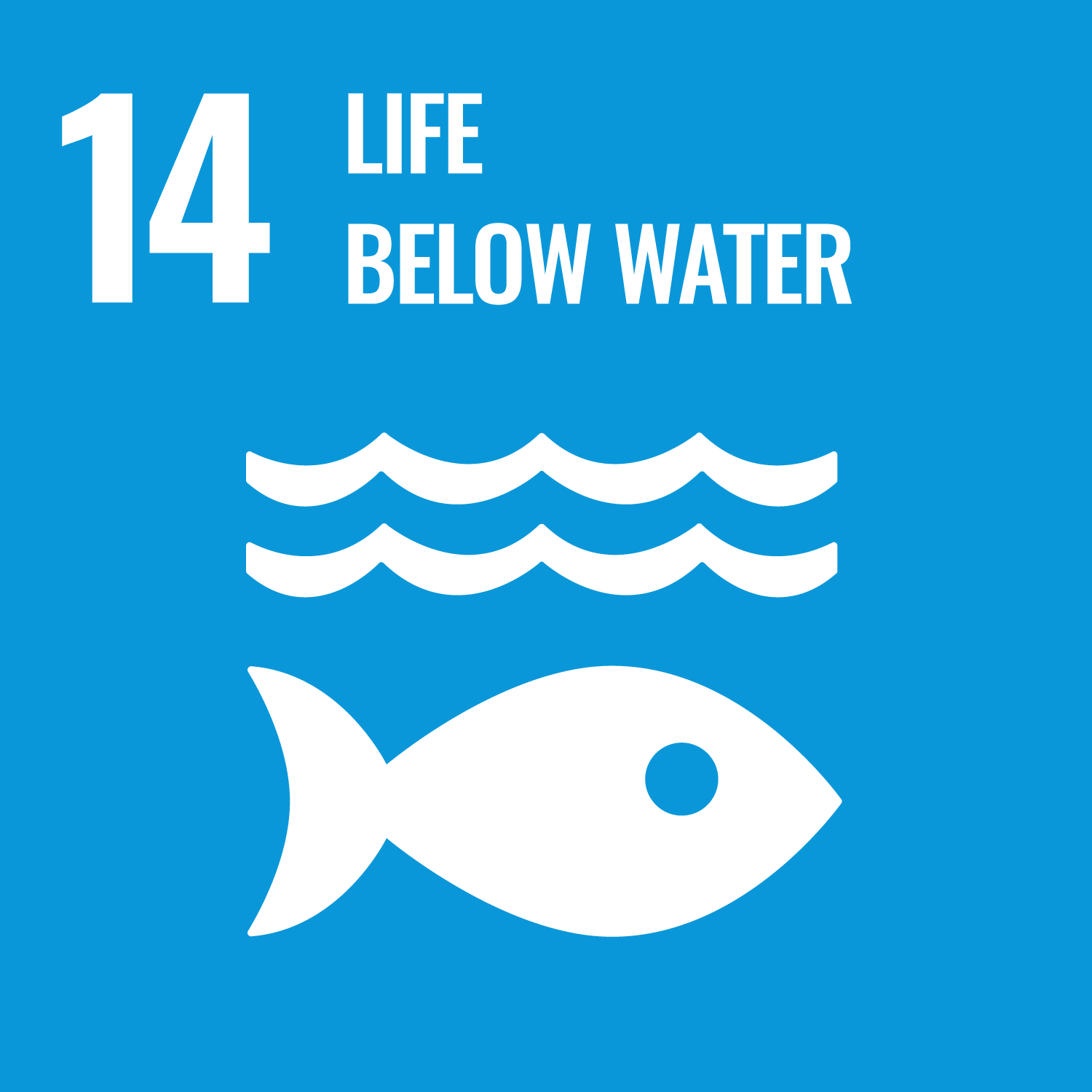Grasby, S.E., Ardakani, O.H., Liu, X. et al. (3 more authors) (2023) Marine snowstorm during the Permian–Triassic mass extinction. Geology, 52 (2). pp. 120-124. ISSN 0091-7613
Abstract
The Permian–Triassic mass extinction (PTME) interval is marked by major excursions in both inorganic and organic carbon (C) isotopes. Carbon cycle models predict that these trends were driven by large increases in productivity, yet organic C–rich rocks are not recorded in most PTME shelf sedimentary successions. Anomalous C-rich facies have been reported from rare abyssal plains records now exposed in Japan and New Zealand, where black shales at the PTME are extraordinarily organic-rich units. We examined organic matter at the Waiheke, New Zealand, section, and results show that these deposits are dominated by lamalginites composed of unicellar solitary or colonial phytoplankton produced during algal blooms that falls as “marine snow.” We modeled the impact of ash fall from eruptions in the Siberian Traps large igneous province and argue that they fertilized the Panthalassa Ocean with P and Fe, leading to a marine “snowstorm” and significant C drawdown marking this major biobloom during the PTME.
Metadata
| Item Type: | Article |
|---|---|
| Authors/Creators: |
|
| Copyright, Publisher and Additional Information: | © 2023 The Authors. This is an open access article under the terms of the Creative Commons Attribution License (CC-BY 4.0), which permits unrestricted use, distribution and reproduction in any medium, provided the original work is properly cited. |
| Dates: |
|
| Institution: | The University of Leeds |
| Academic Units: | The University of Leeds > Faculty of Environment (Leeds) > School of Earth and Environment (Leeds) |
| Depositing User: | Symplectic Publications |
| Date Deposited: | 25 Jun 2025 12:29 |
| Last Modified: | 25 Jun 2025 12:29 |
| Status: | Published |
| Publisher: | Geological Society of America |
| Identification Number: | 10.1130/g51497.1 |
| Related URLs: | |
| Sustainable Development Goals: | |
| Open Archives Initiative ID (OAI ID): | oai:eprints.whiterose.ac.uk:228129 |


 CORE (COnnecting REpositories)
CORE (COnnecting REpositories) CORE (COnnecting REpositories)
CORE (COnnecting REpositories)